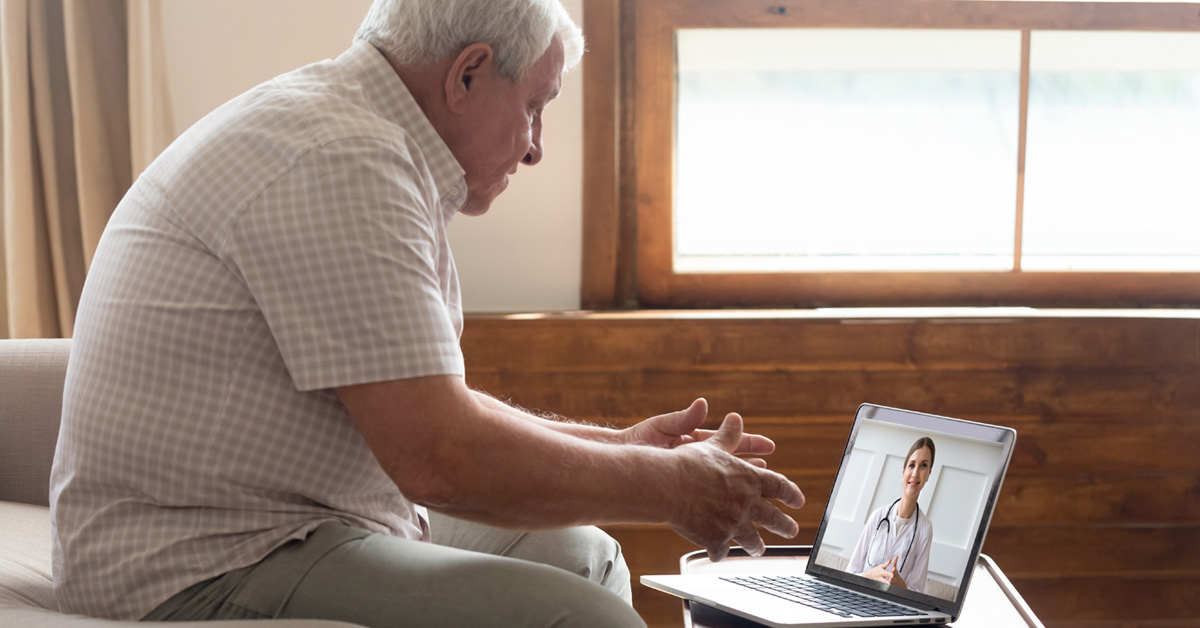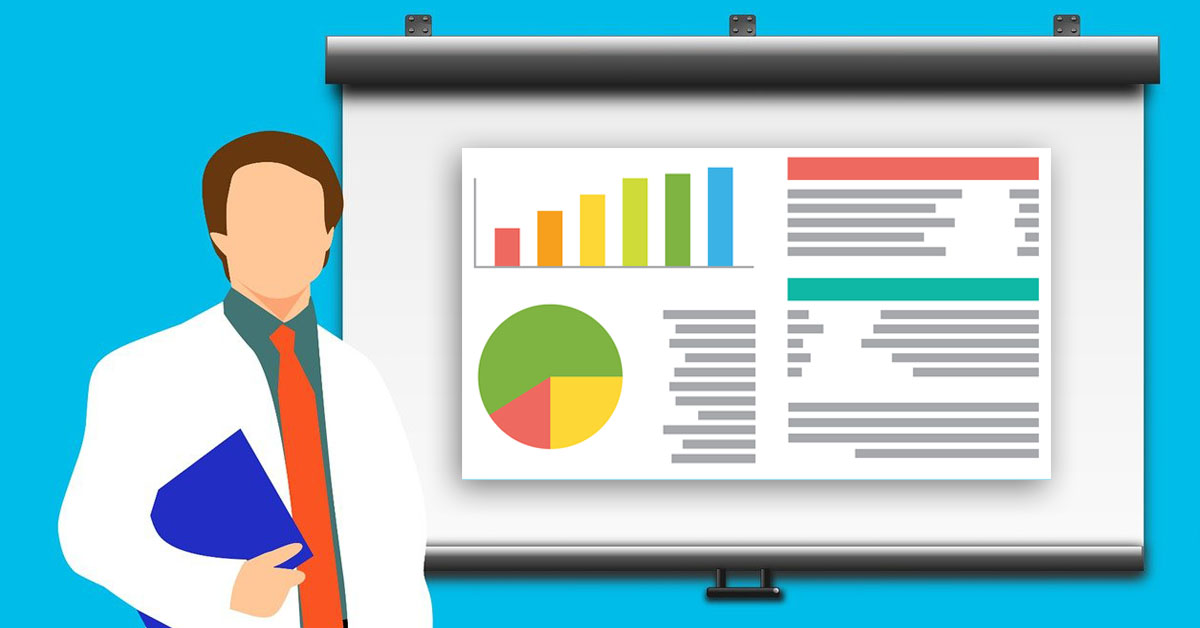
New Payment System Would Reject Nearly One in Five Home Health Claims. Will Access to Care Continue?
On January 1, 2020, Medicare is scheduled to launch a new reimbursement system for home health: the patient-driven groupings model (PDGM). Similar to the model in place for nearly two decades, PDGM will group patients by characteristics, figure an average for what it costs to take care of people in that group, and pay home health agencies a set fee per patient to take care of them. Medicare states that the new payment system will increase access to care.1 On the other hand, industry observers note that PDGM rejects nearly 1 in 5 diagnoses that home health agencies are currently using. How can a payment system that rejects so many diagnoses increase access to care?
How PDGM Will Likely Increase Access to Home Health
Since year 2000, home health has been under Medicare’s Prospective Payment System. Like the new PDGM, the current payment system tries to group patients by level of need and pay home health agencies a set, average fee per patient. While the goal is to give home health agencies a small profit of around eight or nine percent, in practice the current payment system creates wide variations in profit by type of case. The Centers for Medicare & Medicaid Services (CMS) implies that having unprofitable types of cases resulted in lower access to home health for those types of cases.1 PDGM was designed to be budget neutral, so the new payment system will normalize payment for some activities that are currently more profitable and increase payment for activities that are currently less profitable.
Who Will Have Greater Access to Home Health?
CMS anticipates that the home health payment correction will increase access to care for these vulnerable populations, patients needing:2
- Nutrition delivered by IV (parenteral nutrition)
- Care for traumatic wounds or pressure ulcers
- Substantial assistance in bathing
- Care related to multiple complex conditions that interact to make the overall picture more intensive
- Care while medical conditions are poorly controlled by the patient
- Care that could be potentially compensated by both Medicare or Medicaid
Medicare Would Reject Nearly One in Five Current Home Health Claims
CMS’s implication that PDGM will improve access to home health care is undermined somewhat by the greatly curtailed list of acceptable diagnoses. For home health to get paid by Medicare, the patient must fit into one of PDGM’s models. This means that the primary diagnosis must be one on the PDGM list. This greatly shortened list would result in 17% of current home health claims being rejected in year 2020.
In practice, Medicare will simply return the claim to the home health agency, instructing them to pick a different diagnosis and resubmit. The giant question surrounding that concept is “Will there be an appropriate alternative diagnosis from the approved list?” Medicare categorizes the excluded diagnoses as “questionable encounters” (QEs). Generally speaking, many of their QE diagnoses are considered symptoms and not diseases. CMS contends that these symptoms are too general as a basis for home health care.
What Home Health Diagnoses Will No Longer Be Covered?
Here are the most used home health diagnoses that Medicare will no longer cover in 2020.
- ICD M62.81: Muscle weakness (generalized)
- ICD Z91.81: History of falling
- ICD R26.89: Other abnormalities of gait and mobility
- ICD R26.81: Unsteadiness on feet
- ICD R29.6: Repeated falls
- ICD R53.1: Weakness
- ICD R29.6: Unspecified abnormalities of gait
- ICD R26.2: Difficulty in walking, not elsewhere classified
- ICD S72.001D: Fracture of unspecified part of neck of right femur, subsequent encounter for closed fracture with routine healing
- ICD S72.002D: Fracture of unspecified part of neck of left femur, subsequent encounter for closed fracture with routine healing
- ICD S81.801D: Unspecified open wound, right lower leg, subsequent encounter
- ICD S81.802D: Unspecified open wound, left lower leg, subsequent encounter
- ICD I13.2: Hypertensive heart and chronic kidney disease with heart failure and with stage 5 chronic kidney disease, or end stage renal disease
- ICD I12.0: Hypertensive chronic kidney disease with stage 5 chronic kidney disease or end stage renal disease
- ICD M19.90: Primary osteoarthritis, unspecified site
- ICD M19.90: Unspecified osteoarthritis, unspecified site
- ICD M06.9: Rheumatoid arthritis, unspecified
- ICD C34.90: Malignant neoplasm of unspecified part of unspecified bronchus or lung
- ICD Z46.6: Encounter for fitting and adjustment of urinary device
- ICD R33.9: Retention of urine, unspecified
The Big Gamble with Medicare’s So-Called Questionable Encounters
There seems to be an assumption on the part of CMS that doctors and home health agencies are simply choosing the wrong code – that better, more specific codes could be applied. However, CMS guidelines specifically state that these symptom codes are appropriate and should be used as a diagnosis code if a more detailed diagnosis cannot be established by the end of the doctor visit.3 What if doctors and home health agencies are not making errors with these codes and claims? What if, for instance, “repeated falls” is the best diagnosis and doctors can’t attribute it to a specific disease process? The result could be that our homebound grandparents would lose access to in-home rehabilitation, in-home medication review, health monitoring, home safety consultation, and a host of other services that home health agencies would typically deploy in these cases.
Conclusion
In conclusion, Medicare’s new PDGM reimbursement model for home health does appear to level out payment for services. Some services that were formerly underpaid will get more pay (as long as one does not consider Medicare’s PDGM penalty for being honest). On the other hand, nearly one in five current home health bills would be rejected under the new system. CMS seems to be assuming that these bills could just be coded better, but this could be a catastrophic assumption for thousands of vulnerable seniors in the U.S.
References:
- Vontran K, Gehne W. Centers for Medicare & Medicaid Services (CMS). Overview of the patient-driven groupings model (PDGM). MLN call: A Medicare Learning Network Event. February 12, 2019; available online at: https://www.cms.gov/Outreach-and-Education/Outreach/NPC/Downloads/2019-02-12-PDGM-Presentation.pdf
- Centers for Medicare & Medicaid Services (CMS). Report to Congress: Medicare home health study: An investigation on access to care and payment for vulnerable patient populations. Retrieved from the Centers Medicare and Medicaid Services website: https://www.cms.gov/Medicare/Medicare-Fee-for-Service-Payment/HomeHealthPPS/Downloads/HH-Report-to-Congress.pdf
Centers for Medicare & Medicaid Services (CMS). ICD-10-CM Official Guidelines for Coding and Reporting FY 2019 (October 1, 2018 – September 30, 2019): Available online: https://www.cms.gov/Medicare/Coding/ICD10/Downloads/2019-ICD10-Coding-Guidelines-.pdf






